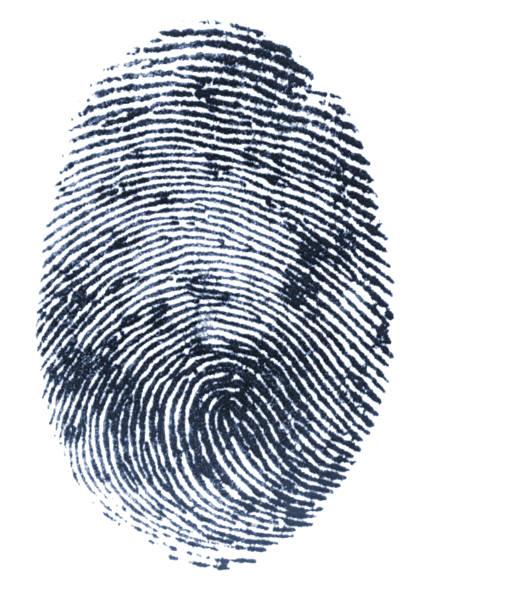
| Home | Syllabus | Title Page | Introduction | How Biometrics is used | How Computers Read Biometrics | Issues of Biometrics | Conclusion | Bibliography |

Even though we are not fully cognizant of this, biometrics is a daily part of our lives. When greeting a fellow employee or saying hello to an old friend our minds are working overtime and placing each individual into distinct categories. The most common of these categories are the unfamiliar (unknown) and the familiar (known) category. A computer system works very similarly to our minds in verifying the identity of a person. The computer takes the face and compares it to a face in a database, as we compare it to a previous memory we have of the individual. The computer will then decide if the individual is a person who is in the database (known) or if they are not (unknown). If the person is not in the database then they are denied access right away. If the person is in the database then the computer has to check if the person is allowed access.
One of the most recognizable usages of biometrics is through fingerprints. The first recorded use of identifying individuals through their fingerprints dates to the mid 1800ís. Today from law enforcement to immigration to security access, fingerprints are a part of our daily lives. From the little patterns of ridges on our fingers to the grooves on the surface, each fingerprint is unique and they do not change at all during a personís life. Because of how easy it is to take a fingerprint, they are the most widespread biometric devices used today. You can even buy a laptop these days with a fingerprint scanner built in it.
Pick up a phone today and you will either recognize the caller or not. Our brains are performing voice recognition each time we talk to someone. Voice recognition software works very much like our brains do. Depending on the personís speech patterns or accent, we may have to train ourselves over several conversations to automatically recognize some words they say. Likewise, voice recognition software has to be trained to recognize an individualís voice and speech patterns. Once it has done this it will check the voice value with that it has in its database.
The idea of iris scanners was first introduced in 1936 by an ophthalmologist as a way to uniquely identify an individual. The iris of the eye is the colored part of the eye which surrounds the pupil and is unique to the individual. Iris scans are quite similar to fingerprint scanning. The individual places their eye near the scanning device, and the scanner notes striations, furrows, and ridges. The iris is good for identifying as it typically does not change over time, and even wearing contacts or glasses should not interfere with an iris scan.